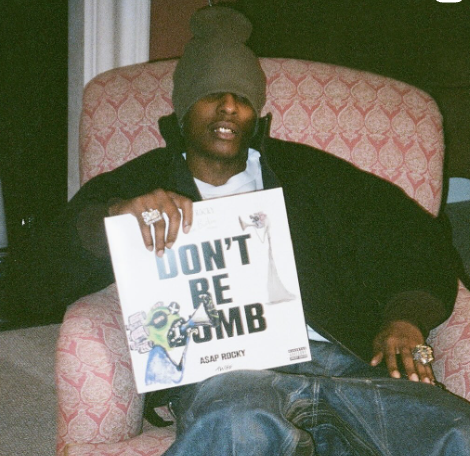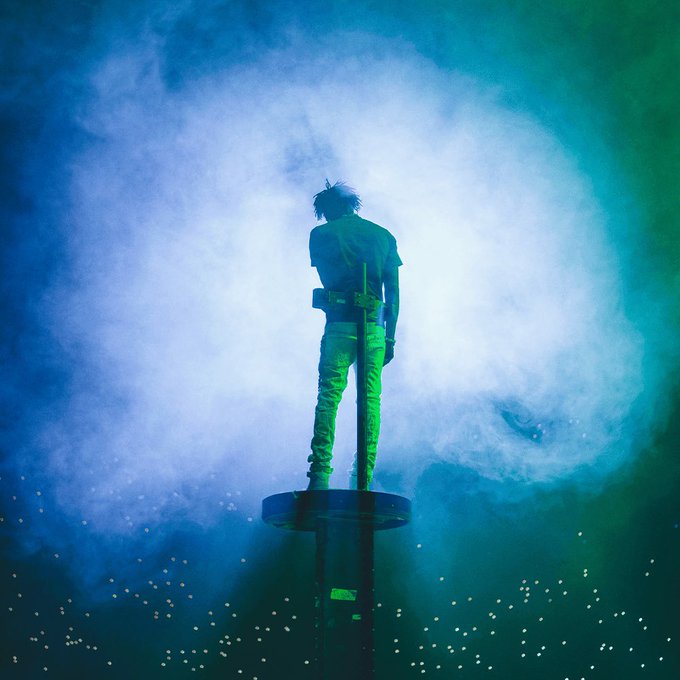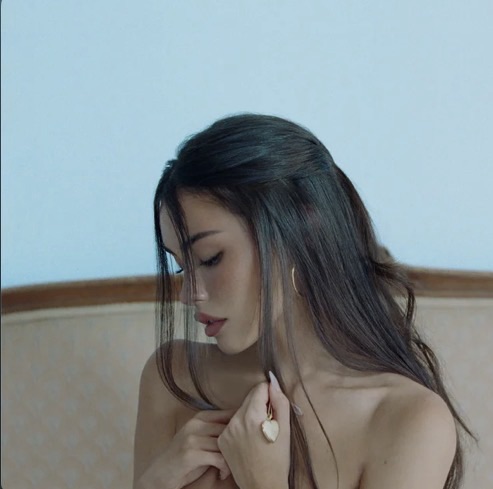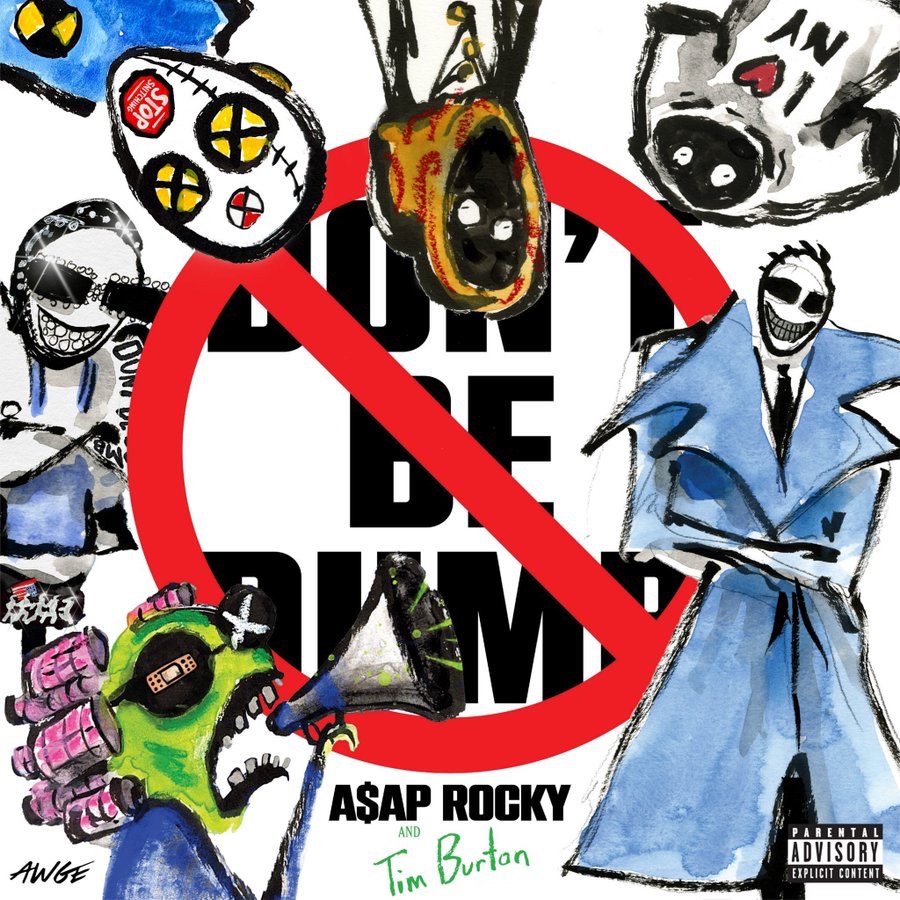
“Leslye Headland’s “The Acolyte” boldly defies Star Wars norms, embracing a distinct vision while others bend to fan pressures.
Suppose you were to close your eyes, breathe deeply enough, and reach out as the masters of the saga have often instructed, entering the World Between Worlds and feeling the Force all around you. In that case, one gets the distinct impression that you could travel back to a movie theater somewhere in December of 2019 and practically hear Leslye Headland sighing in disappointment at the sheer lack of backbone in J.J. Abrams’ Star Wars: The Rise of Skywalker. That would-be-franchise-capping installment quite infamously botched the landing in some profoundly idiotic ways—so much so that a mere five years later, Lucasfilm announced they would be following up on Daisy Ridley’s character of Rey and her previously allegedly concluded story with great haste, attempting to wash the bad taste out of audiences’ collective mouths.
Among the most infuriating elements of The Rise of Skywalker were all how it seemed actively combative and often flat-out resentful of how the previous installment, Rian Johnson’s effervescent The Last Jedi, had expanded the palette of the story being told. While The Last Jedi saw the seeds of a blossoming relationship between Rey and Adam Driver’s Kylo Ren, deepening their emotional connection in complex and delicate ways, Rise of Skywalker spent its entire runtime refusing to engage with that idea. Instead, audiences were treated to a full film of the two characters being unceremoniously returned to the most basic hero-villain status quo imaginable. Only at the film’s conclusion did they suddenly kiss, having said next to nothing to each other for the entire final half of the film, right before Adam Driver’s character died. In trying to appease everyone, J.J. Abrams made a film for precisely no one.
Interestingly, where Abrams saw infuriating obstacles in Last Jedi’s status quo upsets, Leslye Headland sees miraculous potential. In the sixth episode of her Star Wars series, The Acolyte, titled “Teach/Corrupt,” Headland takes the baton from Rian Johnson’s The Last Jedi in both narrative and thematic ways—and truly runs with it.
Directed by Hanelle M. Culpepper, with a script written by Headland herself and Jocelyn Bioh, “Teach/Corrupt” stands as an excellent episode of television on its own merits. Even divorced from the larger mythos of Star Wars, The Acolyte has had an absolutely stellar past two weeks. The ways in which this episode builds upon, complicates, and ultimately pays off The Acolyte’s own status quo shakeups from last week’s episode are deeply enthralling and satisfying. But within the larger context of Star Wars, what Headland and co. continue to excel at is incorporating motifs from across the saga into the series in profound ways. In this sense, The Acolyte truly embodies Lucas’ poetic interpretation of cinematic rhyming schemes—echoing themes, emotions, and interactions from across the decades in a fascinating form.
Previous “The Acolyte” Episodes:
Not to dwell too long on criticizing lesser Star Wars creators à la Abrams, but it’s immensely gratifying to see works like The Last Jedi, Andor, and The Acolyte engaging with Star Wars on palpable thematic, emotional, subtextual, and cinematic levels. When George Lucas spoke of his prequel trilogy, he famously said, “it’s like poetry, it rhymes.” However, he didn’t spend an entire trilogy merely making cheap aesthetic and superficial references to his previous work. If anything, Lucas moved squarely in the opposite direction, encouraging designers and concept artists such as Doug Chiang to create entirely new visual aesthetics, tones, and palettes for those films. Therefore, when works like The Book of Boba Fett, later seasons of The Mandalorian, or The Rise of Skywalker seem to reject engaging with Lucas’ themes and spirituality in favor of regurgitating surface-level artifice, it doesn’t resonate with the essence of Star Wars for me.
The Acolyte resonates with the essence of Star Wars for me. Seeing Qimir and Osha’s dynamic throughout the episode, tinged with shades of dynamics from the saga’s past—ranging from Anakin and Palpatine to Rey and Kylo Ren—all while pushing the intimacy of that relationship to the forefront? Taking the idea of ‘desire’ as a driving component of the Dark Side of the Force and making the ways in which people are ‘seduced by it’ a foundational pillar of this episode? Revealing Qimir’s helmet to be made of Cortosis and serving as a ‘sensory deprivation’ tool, where it’s just you, the Force, and ‘what you bring with you’—effectively blending EU lore, Luke’s training with Obi-Wan in A New Hope, and the cave on Dagobah from The Empire Strikes Back into a single thematically-charged tapestry? It’s all an absolutely inspired approach to interweaving and recontextualizing motifs from across the Star Wars spectrum in bold ways—like poetry, you might say.
The scripting and structuring of “Teach/Corrupt” are sublime. The decision to spend the episode with these two mismatched pairs of masters and pupils is already inspired, allowing audience perceptions of each of the four characters to be recontextualized starkly. However, taking it further in both the narrative and editorial structuring of the episode—pitting the two pairs against each other through associative editing—makes it all the more potent. In this way, the series further delves into its largest themes, contrasting the freedom presented by Manny Jacinto’s Qimir and the strictly adherent rhetoric of Lee Jung-jae’s Sol.
It’s articulate and thoughtful filmmaking, utilizing every element of the form to delve into these larger existential questions with poignancy and room to breathe. Strengthening all this are the performances themselves. Manny Jacinto stole the show last week as the full extent of his character’s power was seemingly revealed, yet here, Jacinto delves into new and entirely unexpected depths. There’s a tenderness and authenticity to him that might seem antithetical to the strong-willed nature of his character if mishandled, but Jacinto excels. Simultaneously, Amandla Stenberg is mesmerizing, having the unique challenge of carrying half of each central pairing in the episode, deftly selling the ways in which both Mae and Osha’s worldviews are challenged or bolstered by their respective narratives.
And then there’s Lee Jung-jae as Sol. While excellent throughout the series, this episode finds him at the end of his rope, reeling from the tragedies of last week’s episode, his moral caliber weathered in unprecedented ways. It’s fantastically motivated writing, and Lee Jung-jae steps up with absolutely astounding, mournful, and vindictive work. It stands as his best performance of the season so far, eagerly anticipating how this character and performance will continue to grow.
Visually, Hanelle M. Culpepper’s direction is stupendous. “Teach/Corrupt” is a more methodically paced episode of The Acolyte, and Culpepper turns this into a strength. There’s resonance for the performances, character interactions, and themes, allowing them to truly shine under her guidance. A prime example of the emotional pathos and dramatic gravitas Culpepper brings is the scene where Qimir and Osha’s discussion escalates to Osha igniting a lightsaber and holding it to Qimir’s throat. Perfectly paced, each subsequent escalating beat allows the audience to marinate in the conflict within these characters, externalizing their internal turmoil. Culpepper is set to direct the final episode of the series as well, and this episode has solidified her credentials.
Elsewhere, Michael Abels’ score continues to impress, notable for its breadth of variety across the season. “Teach/Corrupt”’s score features sequences unlike anything heard in the show so far, with Abels showcasing his versatility in stellar ways. Series regular James Friend’s cinematography remains a highlight, particularly in how this episode allowed him to expand on lighting and composition. Notably, this episode boasts some of the most stunning production design yet, Sophie Becher and Kevin Jenkins’ work on the cave sets of the ‘unknown planet’ feeling vast and intricate in truly cinematic fashion.
RGM GRADE
(B+)
Overall, The Acolyte continues to kick ass. Where certain other Star Wars creators either grow squeamish in response or wind up catering slavishly to the whims of obnoxious and ruthlessly dim-witted fans online, Leslye Headland and co. have quadrupled down on their own distinct and idiosyncratic vision, resulting in a work that truly embraces what Star Wars means to them. “Teach/Corrupt” is a perfect example of this mentality persevering, through and through, And I think that fucking rules.
Discover more from RGM
Subscribe to get the latest posts sent to your email.










